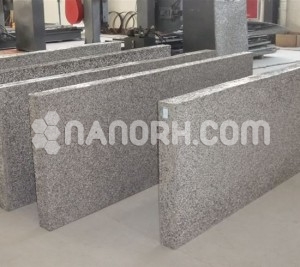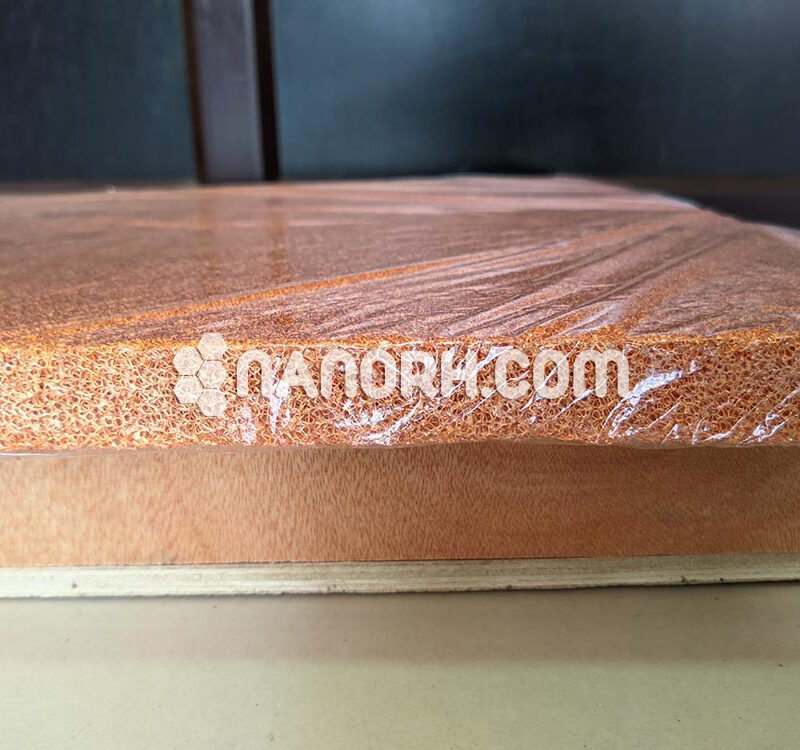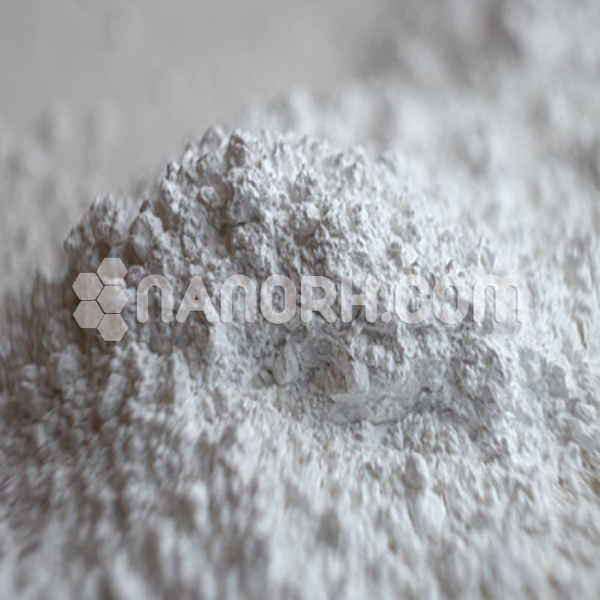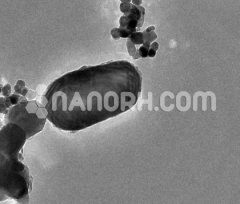Aluminium Nanofoam (Al, Purity: 99.9%, Thickness: 5mm)
| Aluminium Nanofoam | |
| Product No | NRE-51004 |
| CAS | 7429-90-5 |
| Dimension | 100mm×100mm |
| Density | 0.1~0.35g/cm³ |
| Purity | 99.9% |
| Porosity | 60-90% |
| Molecular Weight | 26.98g/mol |
| Shear Strength | 1.31 MPa |
| Modulus of Elasticity (Compression) | 103.08 MPa |
| Modulus of Elasticity (Tension) | 101.84 MPa |
Aluminium Nanofoam
Aluminium nanofoam is a highly porous material at the nanoscale, offering unique properties such as high surface area, lightweight structure, and exceptional strength-to-weight ratio. These characteristics make it suitable for a variety of advanced applications:
Energy Storage
Battery Electrodes: Aluminium nanofoam is explored as a material for battery electrodes, particularly in lithium-ion and other advanced batteries. Its high surface area allows for improved charge storage and faster charge/discharge rates.
Supercapacitors: The material’s large surface area and porosity make it an excellent candidate for use in supercapacitors, where it can enhance energy density and power delivery.
Catalysis
Catalyst Support: Aluminium nanofoam can serve as a catalyst support in chemical reactions, including those in fuel cells and chemical synthesis. Its high surface area allows for more active sites, leading to more efficient catalytic processes.
Hydrogen Production: It can be used in hydrogen production technologies, such as water splitting, where its structure facilitates the reaction process and improves efficiency.
Structural and Mechanical Applications
Lightweight Structural Components: Due to its strength and low density, aluminium nanofoam can be used in aerospace and automotive industries for lightweight structural components, providing strength while minimizing weight.
Impact Absorption: Its energy absorption capabilities make it suitable for applications requiring impact resistance, such as in protective gear or crash structures in vehicles.
Thermal Management
Heat Sinks: Aluminum nanofoam can be used in heat sinks for electronics and other devices due to its high thermal conductivity and large surface area, which enhance heat dissipation.
Thermal Insulation: The nanofoam’s structure provides excellent thermal insulation properties, making it useful in high-performance insulation materials.
Sensing and Detection
Chemical Sensors: The high surface area and reactivity of aluminium nanofoam make it suitable for use in chemical sensors, where it can detect gases or chemicals at very low concentrations.
Biosensors: In biosensing applications, aluminium nanofoam can be functionalized to detect specific biological molecules, offering high sensitivity and rapid response times.
Environmental Applications
Pollution Control: Aluminium nanofoam can be used in filtration systems for capturing pollutants, such as heavy metals or organic compounds, from air or water due to its high surface area and adsorption capabilities.
Water Purification: Its porous structure allows it to be used in water purification systems, where it can filter out contaminants effectively.




